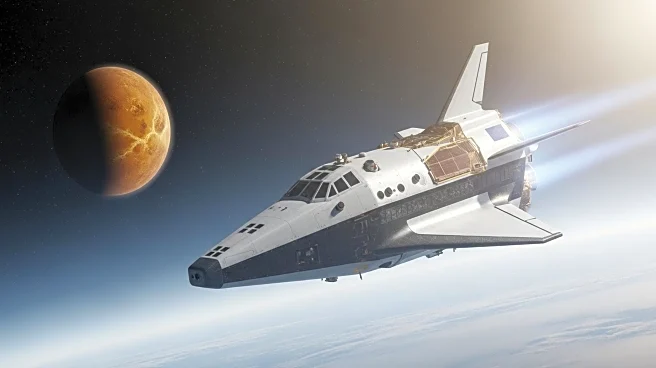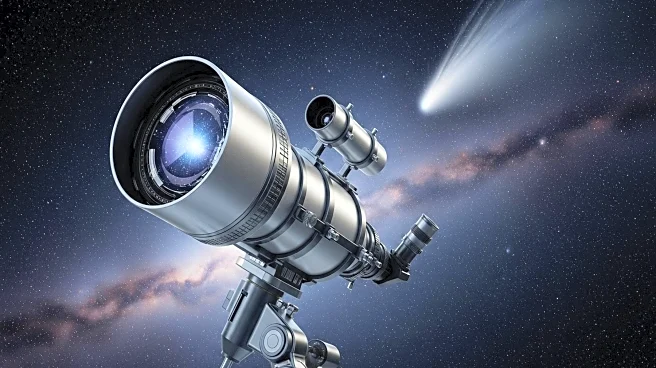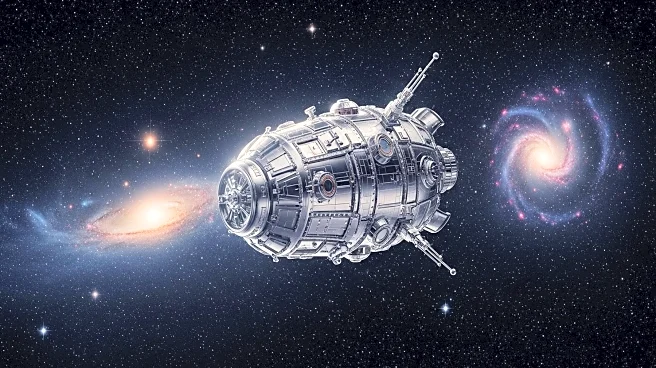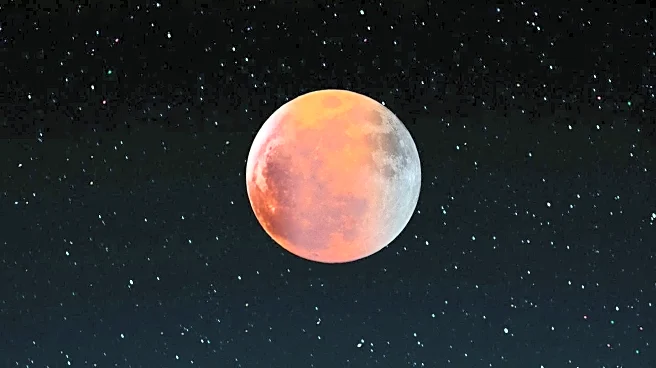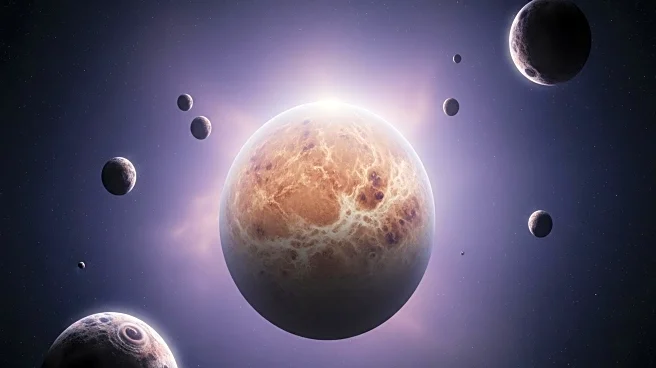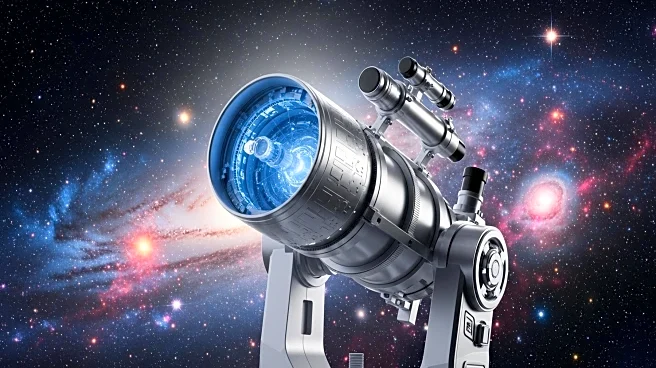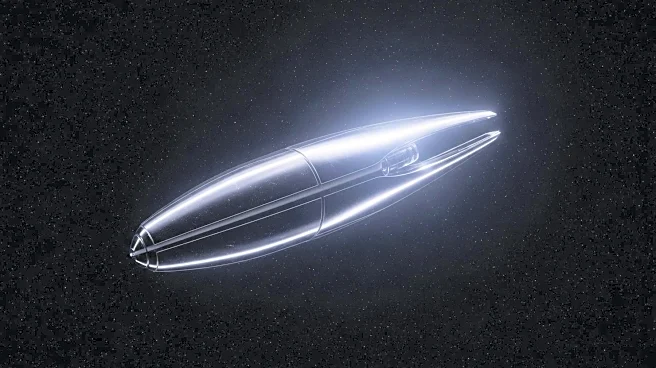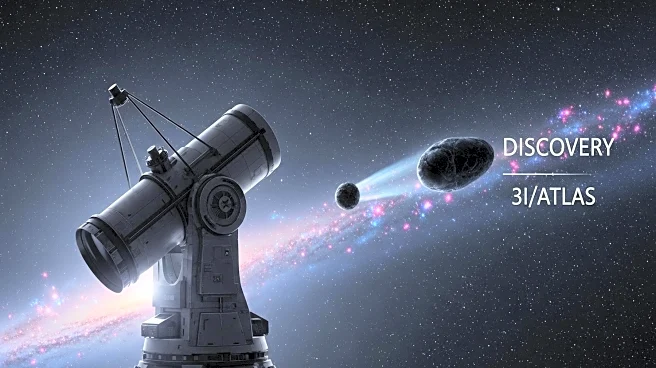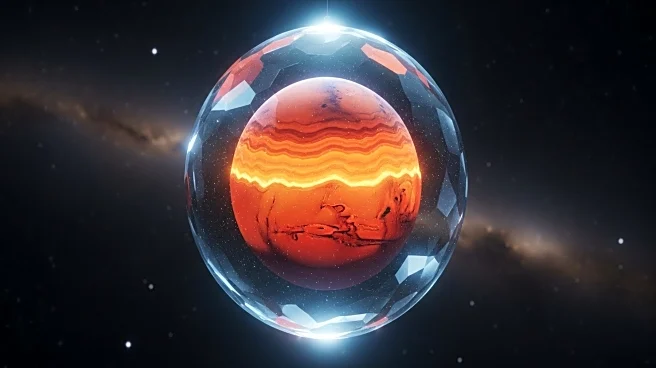What is the story about?
What's Happening?
The European Space Agency's Jupiter Icy Moons Explorer (JUICE) successfully completed a flyby of Venus on August 31, 2025. This maneuver is part of JUICE's complex trajectory to reach the Jovian system by July 2031. The spacecraft, equipped with solar wings, is designed to study Jupiter and its largest moons: Ganymede, Callisto, and Europa. These moons are of particular interest due to the possibility of oceans beneath their icy surfaces, which could harbor life. The flyby of Venus was necessary to utilize the planet's gravity to adjust JUICE's orbit around the sun and increase its speed relative to Earth without expending fuel. During the flyby, JUICE's sensors were turned off to protect them from Venus's intense heat, and its main antenna was used as a thermal shield.
Why It's Important?
The JUICE mission is significant for the scientific community as it aims to explore the potential habitability of Jupiter's moons, particularly Europa, which is considered a prime candidate for extraterrestrial life. The mission's success could provide valuable insights into the conditions necessary for life beyond Earth. Additionally, the mission demonstrates advanced space navigation techniques, using gravitational assists to efficiently reach distant targets. This approach not only conserves fuel but also showcases the capabilities of modern space exploration technology. The findings from JUICE could influence future missions and research in planetary science and astrobiology.
What's Next?
Following the Venus flyby, JUICE will continue its journey with another flyby of Earth in 2026 to further refine its trajectory. The spacecraft will then complete another orbit around the sun before returning to Earth for a final flyby in January 2029. These maneuvers are crucial for positioning JUICE to enter orbit around Jupiter in July 2031, where it will begin its primary mission of studying the planet and its moons.
AI Generated Content
Do you find this article useful?
